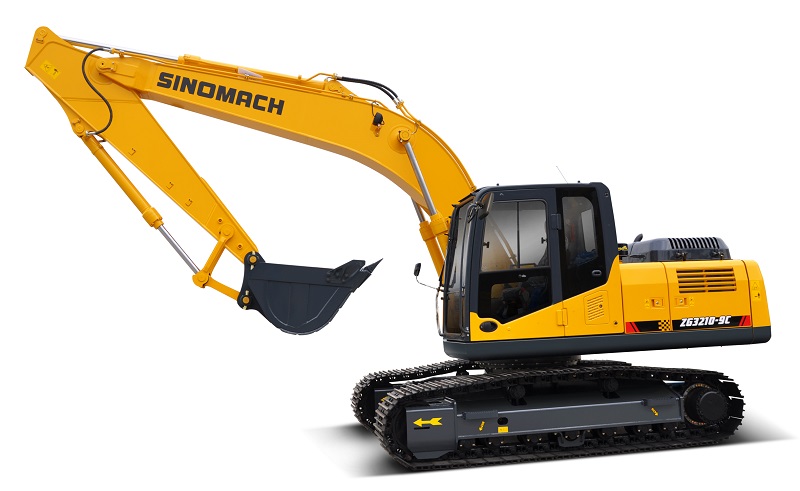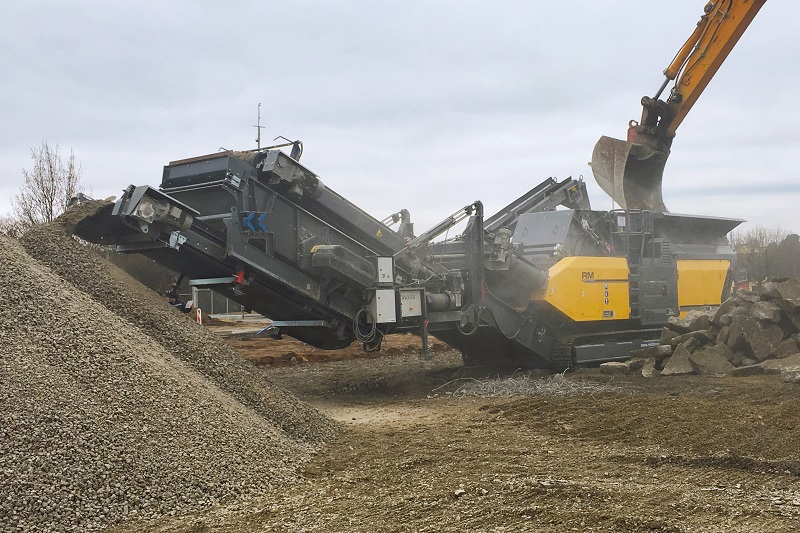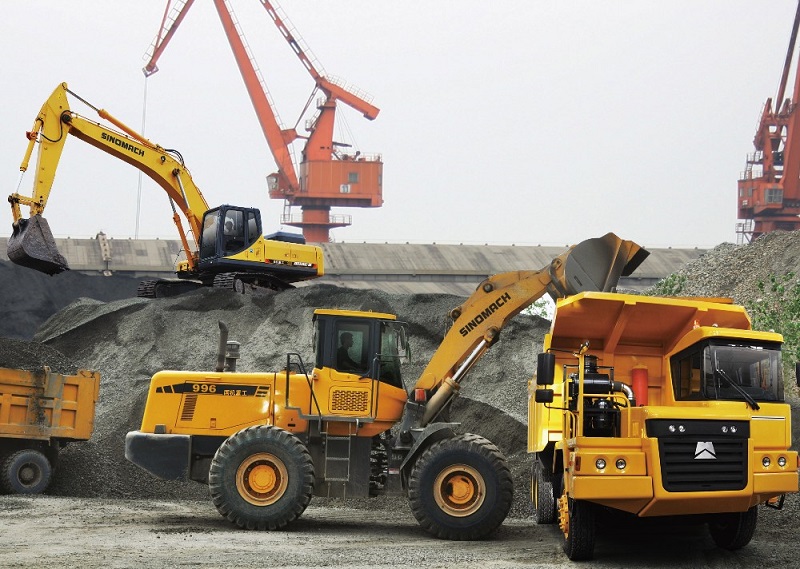
Heavy Equipment Philippines: What Operators Should Know
September 27, 2018
What are the necessary guidelines that every heavy equipment operator should know?
- Grade reading
- Soil identification
- Site layout
- Safety procedures
- Heavy equipment maintenance
Operating heavy equipment in the Philippines is not as simple as it looks. A lot of people see it as just driving a bulldozer or pressing the buttons on a complex machine to operate a crane. In reality, every piece of heavy equipment is operated by trained individuals. There are simple operating panels and complex, computerized ones—each having their own set of parameters.
But aside from operating heavy equipment, which is usually done via apprenticeship where a budding operator works under a more experienced veteran for a certain period of time, you should also be knowledgeable about a few other things that pertain to the operation of heavy equipment.
With that in mind, here are a few regulatory aspects that every heavy equipment operator should know!
Grade Reading
The grade of a landform or constructed line refers to the tangent of the angle of that surface to the horizontal. Basically, grade reading is the process of identifying a flat, horizontal foundation, and based on that calculating slopes all around it. The higher the degree of tilt, the steeper it is.
In civil engineering, Grading is the work of ensuring a level base or a base with a specific slope that is for construction work. It is commonly heard in construction projects such as foundations, the base course of a road, or a landscape and gardens.
You’ll never find a construction project that does not—in any way—alter the base ground or soil. An extra foundation is usually put over it and sometimes, that consists of multiple layers.
Soil Identification
Working in one construction site does not mean working with a single type of soil. Although to the common man, any kind of dirt is mostly just soil, for a heavy equipment operator in the Philippines, there might just be around 2 or 3 types of soil down there.
Different types of soil should be handled differently because some of them are more difficult to work than others. Aside from their own characteristics, you should also take into consideration the condition of when you’re handling the soil. Even if it’s just dirt, under specific circumstances, they become easier, or harder to handle!
For the benefit of those who know little about the types of soil used in construction, here’s a list of some of the more common ones:
- Rocks such as limestone, granite, sandstone, and shale are known for their high bearing capacity.
- Chalk is commonly used for strip foundations.
- Gravel and sand are also good for strip foundations

Site Layout
A construction site isn’t always large and full of space. Sometimes, some construction projects are too small for some heavy equipment. As an operator, you should know as soon as you see the place which heavy equipment can fit, or better, is the most suitable for the job.
Another reason why the site layout of a project is important is that it can help you with planning out maneuvers around the construction site. Going around a construction site full of other workers and materials can be very tricky unless there’s a dedicated way around for heavy equipment.
Safety Procedures
Along with the step-by-step procedure of operating a heavy equipment, an operator should also know all of the safety procedures needed in using one. From pre-operation setup rituals to on-site reminders, an operator should be heavily knowledgeable about such procedures.
Typical safety precautions when riding a vehicle is enforced here. Simply wearing a seatbelt, and always keeping an eye on what’s in front and around you. But of course, there are more things to consider.
Because of the size of heavy equipment, they are naturally a workplace hazard if not operated properly.

Heavy Equipment Maintenance
No matter how little a bulldozer, a crane, or a forklift in the Philippines is used, maintenance is always something that should be prioritized. The heavy equipment isn’t magical. With the amount of work that it does and how dirty it can get, it would be in need of regular maintenance.
Maintenance is incredibly important for heavy equipment because most of the time, their inner mechanisms are very complex. A simply jammed cog or a loose wire can become detrimental to its work efficiency. The maintenance that heavy equipment gets usually dictates its lifespan as well. A well maintained heavy equipment can easily reach around 10 to 15 years, while one that receives one can reach its limits as early as 5 years in.
Key Takeaway
Handling a heavy equipment takes skill. Operators aren’t only trained and mentored to be able to use them properly, but they also undergo certain lessons about safety procedures and other important parts of the construction project such as grade reading and site layouts.
When it comes to heavy equipment, the more knowledgeable and prepared you are, the better. So be sure to at least have an idea of the ones mentioned above!
If you are in the Cebu area and are currently looking for high-quality heavy equipment, don’t hesitate to contact or visit the local MULTICO branch for first-rate products and services!